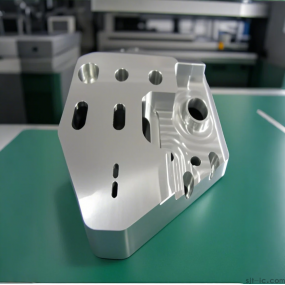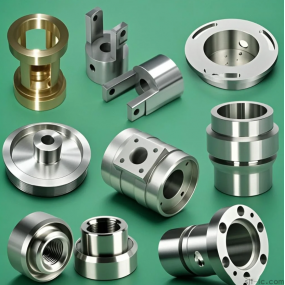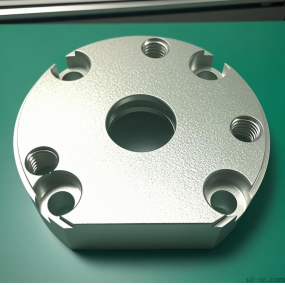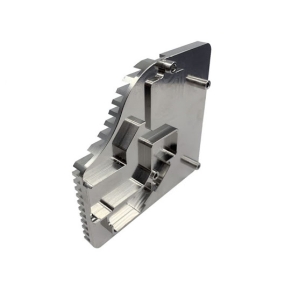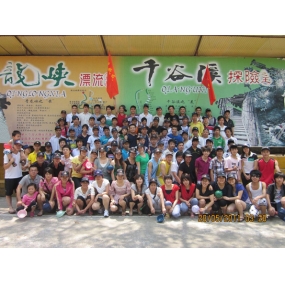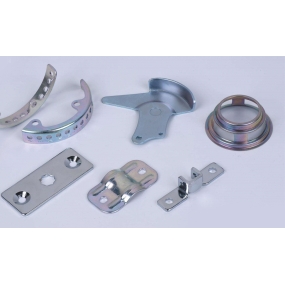What are the processing methods in Shenzhen machining?
Today, Fujia Industrial will introduce you to the way of machining, hoping that everyone will gain something.
Conventional numerical control lathe machining relies on the movement of the tool to complete the turning of excess rough materials, but in the processing of precision slender shafts, conventional lathes obviously cannot meet the processing needs, and the emergence of longitudinal lathes makes it possible to mass process precision shaft workpieces.
The longitudinal cutting lathe, literally, refers to the fact that in metal cutting, the movement track of the tool is perpendicular to the central axis of the workpiece, rather than moving axially, that is, the workpiece rotates and moves during processing, and the lathe does not need to follow the workpiece to move, which is different from the conventional lathe.
The machine can also be called a central numerical control lathe, a spindle box mobile numerical control automatic lathe or an economical turning and milling compound heart. At present, the maximum machining diameter of slitting lathes on the market is 32mm, which has great advantages in the precision shaft machining market. This series of machine tools can be equipped with an automatic feeding device to realize fully automated production of a single machine tool, reducing labor costs and product defects.
Aviation, aerospace, military, automobiles, motorcycles, communications, refrigeration, optics, home appliances, electronics, micro-electronics, watches, office equipment and other industries of high-precision, multi-batch, complex shape of the shaft parts of the precision composite machining will use numerical control lathe processing.
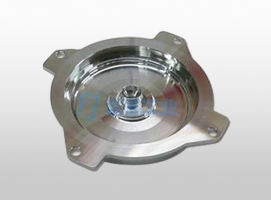


 Spanish
Spanish Arabic
Arabic French
French Portuguese
Portuguese Belarusian
Belarusian Japanese
Japanese Russian
Russian Malay
Malay Icelandic
Icelandic Bulgarian
Bulgarian Azerbaijani
Azerbaijani Estonian
Estonian Irish
Irish Polish
Polish Persian
Persian Boolean
Boolean Danish
Danish German
German Filipino
Filipino Finnish
Finnish Korean
Korean Dutch
Dutch Galician
Galician Catalan
Catalan Czech
Czech Croatian
Croatian Latin
Latin Latvian
Latvian Romanian
Romanian Maltese
Maltese Macedonian
Macedonian Norwegian
Norwegian Swedish
Swedish Serbian
Serbian Slovak
Slovak Slovenian
Slovenian Swahili
Swahili Thai
Thai Turkish
Turkish Welsh
Welsh Urdu
Urdu Ukrainian
Ukrainian Greek
Greek Hungarian
Hungarian Italian
Italian Yiddish
Yiddish Indonesian
Indonesian Vietnamese
Vietnamese Haitian Creole
Haitian Creole Spanish Basque
Spanish Basque

